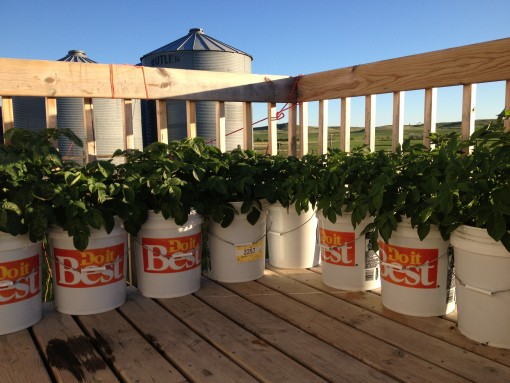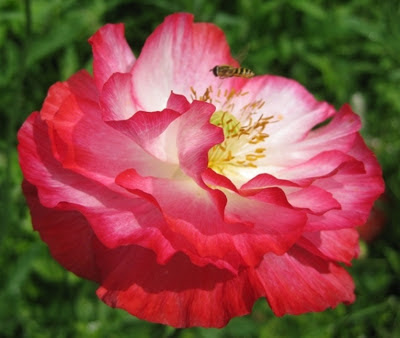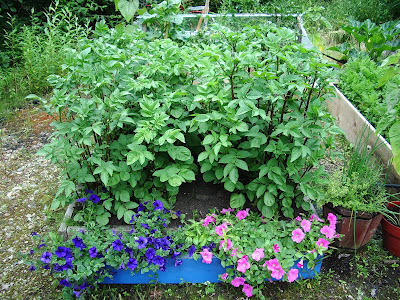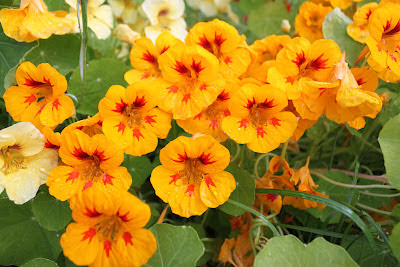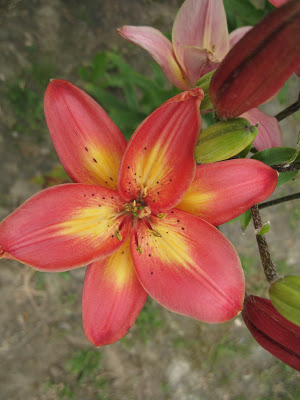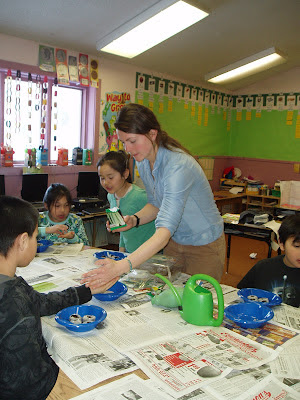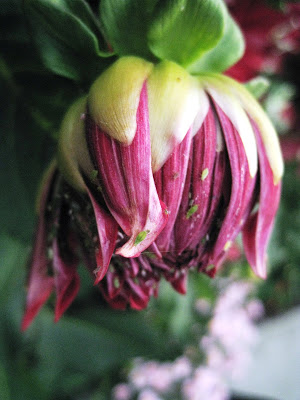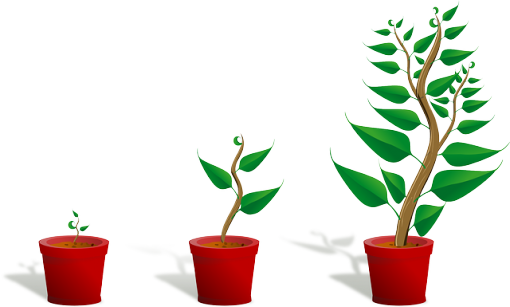
Lesson Plan Title: Grow your scientific method. Concept / Topic To Teach: The Scientific method Standards Addressed: The student demonstrates an understanding of the processes of science by [8] SA1.1 asking questions, predicting, observing, describing, measuring, classifying, making generalizations, inferring, and communicating* [8] SA1.2 collaborating to design and conduct repeatable investigations, in order to record, analyze (i.e., range, mean, median, mode), interpret data, and present findings (L)* General Goal(s): The student will be able to design, carry out, a critique a scientific experiment. Specific Objectives: The student will be able Read More …
